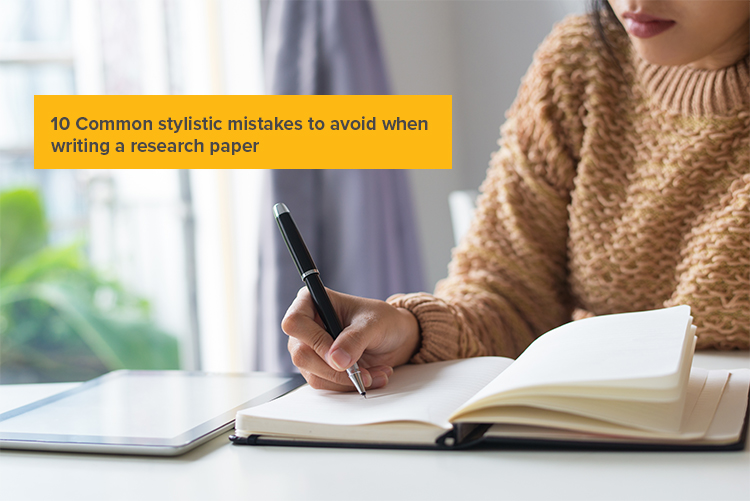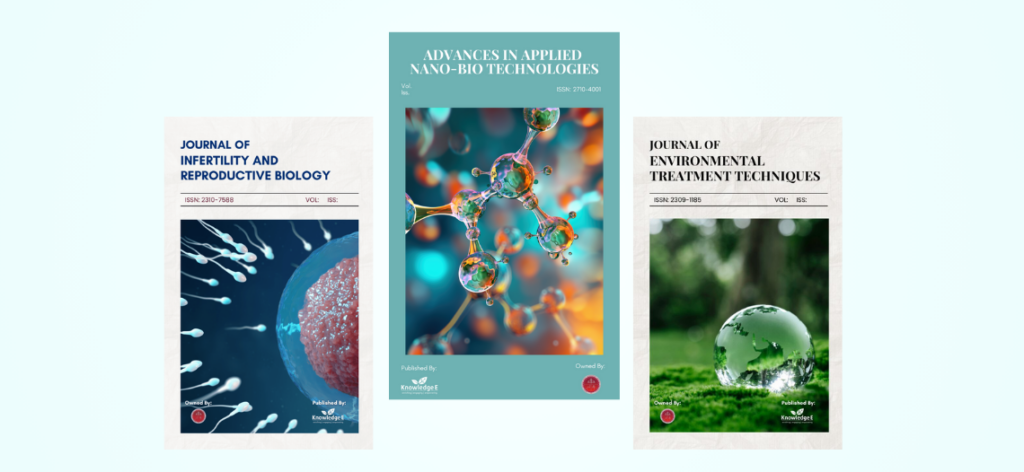Oftentimes a research paper is rejected on stylistic/linguistic grounds, rather than its scientific excellence, which is a bit unfair as a researcher invests a lot of time and effort in conducting his research. However, in the scientific world, publishing and communicating a research work and its findings is as important as conducting the actual research. A competently conducted research and a well-written resulting paper will enhance the chances of having your manuscript accepted by a reputable publication. In this blog article, we are going to list the 10 common stylistic mistakes you should avoid when writing your research paper.
1. Vague research question and going off-topic
While choosing a research topic, be very clear about the question it is going to answer. Ask yourself – Why do you want to look into this topic and how can the findings help you and others? This will help you organise the information in your paper. If your research work focusses on more than one topic, address each in a different paper. Do not deviate from your research points at any part of the paper and keep each section direct and to the point.
2. Misformatting the paper
Never forget to read carefully the author guidelines of the journal you wish to submit your paper to. Do your homework and study the guidelines well before you make the submission, which will not only help you in structuring your paper correctly but also save you from a number of stylistic flaws. You can also visit the journal website and have a quick look at the recently published articles of the journal. This will help you in implementing the guidelines onto the paper. However, if there is a conflict between the author guidelines and the published articles of the journal, always stick by the guidelines!
3. Using complex language
Don’t fill your paper with too much technical jargon or with long and complex sentences. Think from the reader’s perspective and keep your tone as simple as possible. This will help retain the reader’s interest in your paper. Don’t go overboard with the writing and avoid being redundant. If at all an expression needs to be explained more than once in your paper, be creative and consult a Thesaurus.
4. Poor abstract
Never stretch your abstract beyond the stipulated word limit. It should highlight only the significant points of your work, covering the essence of each section in a clear and concise way. Do not cite references in the abstract; the only exception to this is citing the work most crucial for the paper (usually limited to one or two citations). The abstract will be the first section of your paper that the readers are going to read, so make it attractive and compelling enough for them to go ahead and read the whole article.
5. Ineffective keywords
Choosing too many or ineffective keywords for your article is another common mistake. Picking the right keywords (usually 4–6 words) will determine how a search engine indexes your article. Try to use keywords that recur most frequently throughout the article (including article title and subheadings).
6. Disordered/uncited floating elements
Floating elements refer to the tables, figures, charts, graphs, illustrations, etc. in a paper. These elements should be numbered sequentially throughout the paper and be cited appropriately in the text. You should always acknowledge the original source of the element if any of these have been adapted from a different source.
7. Unexpanded abbreviations
Unexplained abbreviations can be a little confusing for the reader. The general rule is to provide the full expansion at the first occurrence and use the abbreviated form at all the subsequent occurrences. This will bring more clarity to the readers. Acronyms (a set of initial letters from a phrase usually forming a word in itself such as NASA and RADAR) on the other hand need no expansion.
8. Misformatted, uncited/unlisted and incomplete references
The three most important things to remember when dealing with references are: (1) formatting them all consistently as per the required journal style; (2) listing each reference cited in the text at the end of the article and, vice versa, citing each listed reference in the text; and (3) providing complete reference details, if available. Doing this will improve the discoverability of both your research and the cited references.
9. Untranslated metadata for non-English papers
If you are writing your paper in a language other than English, don’t forget to provide the English translations for the article metadata. This mainly includes the paper title, author name(s), author affiliation(s), abstract, keywords, and the list of references.
10. Not proofreading your paper
Never forget to proofread your paper (if possible, more than once) before submitting it to a journal. Run a spell-check, make sure that everything is in order and that the written content is sensible and adequate enough to justify the research. If possible, have a friend, colleague or copy editor revise your paper as well.
We hope these tips will help you get your papers published very soon, minimising your chances of being rejected on linguistic or stylistic grounds. Wishing you all the very best!
Knowledge E provides Editing Services and Workshops on Academic Writing. To know more about our editing services, click here; to request a training for your organisation, click here.
By Deepti Thapa, Production Copy Editor – Knowledge E




